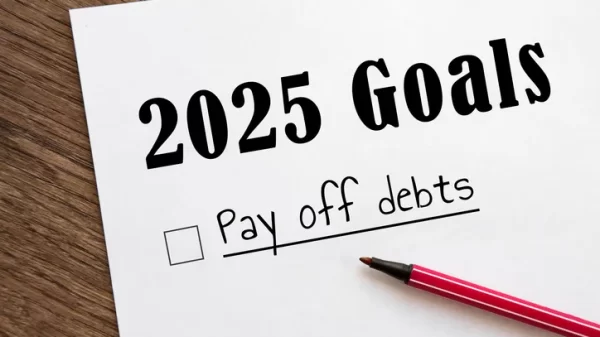
A mortgage is likely the largest loan that most people will take on during their lifetimes. Most people need a mortgage to finance the purchase of a home. A mortgage works much like any other loan – money is borrowed from lender and paid back over time. The main difference?
The Basics
Once someone takes out a mortgage, they make monthly payments to pay it back. The length of the loan varies depending on the type of loan. Most homeowners go with 15-year or 30-year mortgages.
The monthly payment is applied toward paying off several pieces of the mortgage. There is the principal balance, of course. This is the amount of money borrowed. If the initial loan is $250,000, that is the amount of the principal balance.
Some of the payment will be applied toward principal and interest. Property taxes and homeowner insurance premiums may also be deducted, depending on how the mortgage is set up.
Types of Mortgages
There are several specific types of mortgages. The two most popular loan types are 30-year and 15-year fixed-rate mortgages. As their names suggest, the interest rate attached to these loans never changes, hence the “fixed rate.” The difference between the two loan types is the duration. On a 30-year mortgage, loan payments are made for three decades to pay off the loan. On a 15-year mortgage, payments are made for half that time.
The monthly payment attached to a 30-year fixed-rate mortgage is lower than it is with a 15-year fixed-rate mortgage because payments are spread out over a longer number of years. However, 15-year fixed-rate mortgages typically come with lower interest rates, which means homeowners pay less interest over the life of the loan.
Another option is an adjustable-rate mortgage, which means the interest rate changes during the loan term. Often, the loan will have a fixed rate for the first few years and the rate will then adjust based on economic conditions, meaning the rate can either go up or down.
The benefit of an adjustable-rate loan is that the initial interest rate is usually lower than those attached to traditional fixed-rate loans. The risk? The rate can rise significantly after the fixed period ends.
What is Escrow?
Property taxes and homeowner insurance are two annual expenses associated with owning a home. Homeowners have the choice to either pay these directly or lump them into their monthly mortgage payment and have their lender pay them on their behalf – this is called escrow.
Consider property taxes. If taxes are $6,000 a year, this can be paid in a lump sum or $500 a month can be added to the monthly mortgage payment. This money goes into an escrow account, and payments are made from it to pay the annual insurance premium and property tax bill when they come due. This is the preferred option for many homeowners.
The Bottom Line
Understanding mortgages is the first step in the homebuying journey. Working with a trusted mortgage lender is the best way to determine which mortgage loan and payment options work for you.
About the Author
Angella Jones is a community mortgage lending originator with Independent Financial. She specializes in helping new buyers achieve home ownership. Connect with Angella at 214.370.6115 or Angella.Jones@IFinancial.com.


You must be logged in to post a comment Login